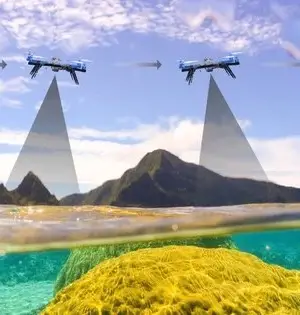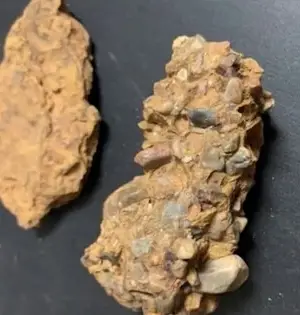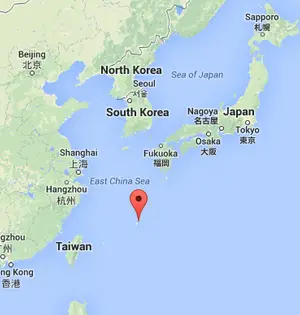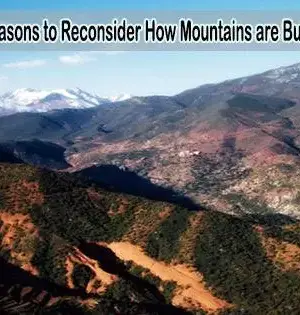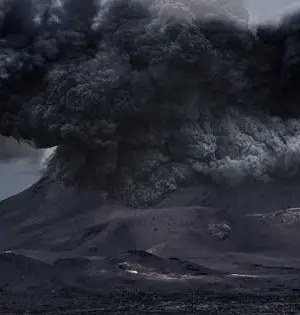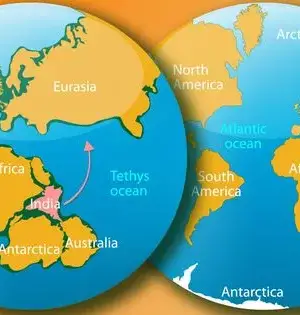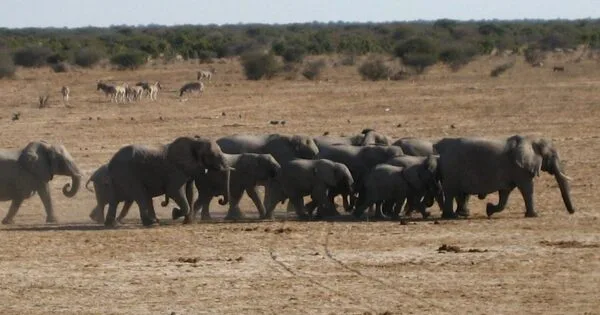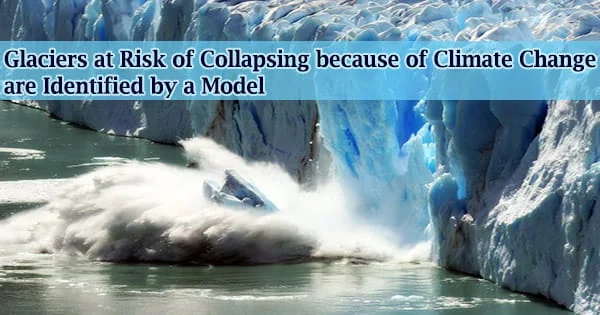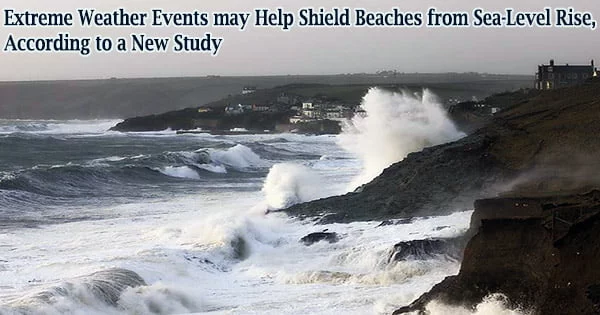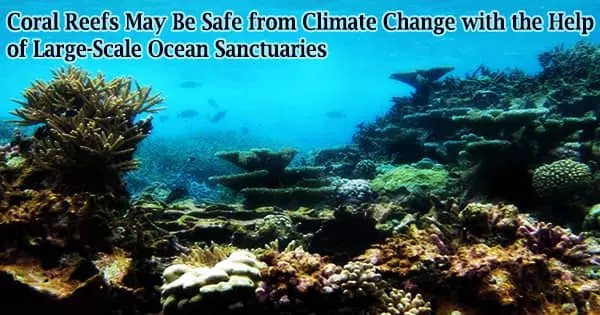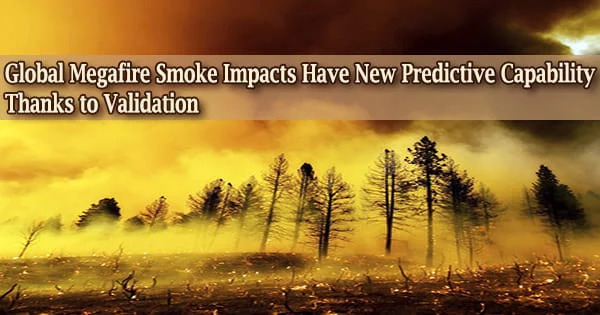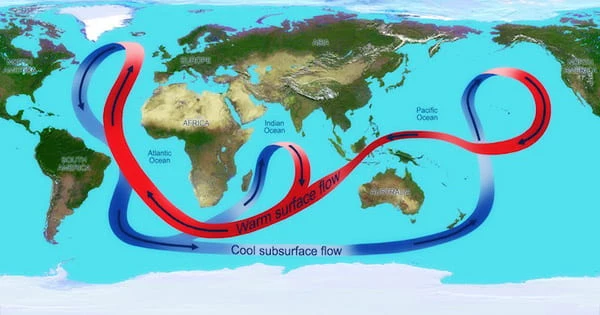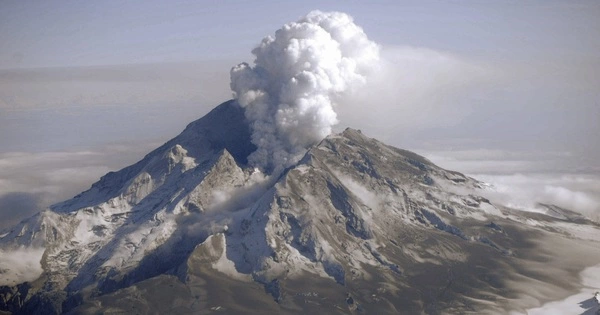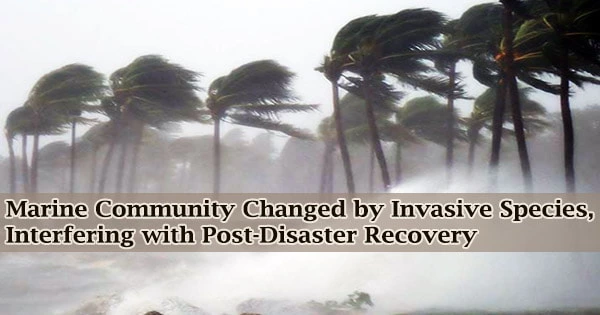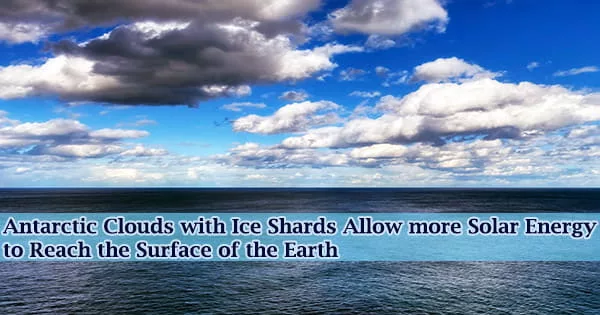According to a new study led by the University of Eastern Finland, vegetation is decreasing along elephant migration routes in Namibia. Human development creates impediments, such as fences, that disrupt the movement of wild animals, exacerbating the loss of vegetation cover. According to a study based on extensive remote sensing data, vegetation along elephant migration routes in Namibia has decreased. Human habitation and fences, as well as other artificial obstacles, influence the movements of wild animals, contributing to the acceleration of vegetation decline. Meanwhile, increased plant life was observed in areas where intensive farming and cattle grazing were practiced. Researchers
Geography
Scientists worry that many glaciers will collapse by the end of the century due to rapid glacier melting brought on by global warming, which will cause sea levels to rise significantly and inundate coastal communities and island nations. A scientist from the University of California, Berkeley has updated the glacial movement model, which may make it easier to identify the Arctic and Antarctic glaciers that are most likely to slide downhill and tumble into the ocean. The effects of meltwater that seeps to a glacier's base and facilitates its downhill flow are taken into account in the new model, which
Images from the aftermath of severe coastal storms typically only show the significant harm done to the beaches, dunes, adjacent property, and infrastructure. However, a recent international study found that by bringing in fresh sand from deeper oceans or from nearby beaches, extreme weather events could help protect beaches from the effects of sea level rise. Today, the research, which was conducted under the direction of Dr. Mitchell Harley from the UNSW Water Research Laboratory, was published in Nature Communications Earth & Environment. “We know that extreme storms cause major coastal erosion and damage to beachfront properties,” Dr. Harley says.
The oceans on Earth are home to some of the most diverse ecosystems on the world, yet rising temperatures are driving the extinction of coral and other marine life. More international cooperation is required, according to a recent study on managing the impact of climate change on these organisms, to secure the survival of the more than 6,000 coral species. “Coral reefs are an essential ecosystem on our planet,” said Andrea Grottoli, co-author of the study and a professor in earth sciences at the Ohio State University. “Coral reefs are really important for humans in that they provide protection to
Better predictions of how emissions from these large-scale catastrophes would behave and affect temperatures are made possible by new research that models the smoke from two recent megafires. Increased focus has been placed on the intensity and duration of wildfire emissions, which rival those of some volcano eruptions as they grow more frequent as a result of climate change. Megafires were originally uncommon, but they are now more frequent. In the United States, wildfires now devour an average of 1,000 more acres of forested area annually than they did 40 years ago. Climate change is one of the primary factors,
The daily variability of the circulation of important deep currents in the South Atlantic Ocean has been reported for the first time in a new study from oceanographers at NOAA and the University of Miami Rosenstiel School's Cooperative Institute for Marine and Atmospheric Studies (CIMAS). Strong variations in these crucial currents, changes that are connected to global climate and weather, are shown by the research by the lead researchers based at the University of Miami's Rosenstiel School of Marine and Atmospheric Science (UM) and NOAA's Atlantic Oceanographic and Meteorological Laboratory (AOML). An important new finding about the larger Meridional Overturning
Scientists use a wide range of techniques to monitor volcanoes, including seismographic detection of earthquakes and tremors that almost always precede eruptions, precise measurements of ground deformation that frequently occurs in conjunction with magma rise, changes in volcanic gas emissions, and changes in gravity and magnetic fields. Although these techniques are not diagnostic on their own, when used together at well-monitored volcanoes, they have resulted in successful predictions. A successful forecast at the Pinatubo volcano in the Philippines in 1991 saved thousands of lives. Patricia Gregg, a geology professor, and her team had just set up a new volcanic forecasting
Clavelina oblonga, an invasive marine fouling species, interferes with populations' ability to rebound from natural disasters, a process known as “succession,: in addition to reducing diversity in the communities it invades. Succession is the process through which an ecosystem bounces back from a disturbance or natural disaster. Is the system's species makeup essentially the same as it was, or has it changed? Marine invasive species are extremely difficult and expensive to control and can have catastrophic effects on biodiversity, ecosystems, fisheries, human health, tourism, and coastal development. An invasive species is one that has been unintentionally or intentionally introduced by
Clouds exist in a variety of shapes, sizes, and sorts, all of which influence climate. Splintering of frozen liquid droplets to form ice shards inside Southern Ocean clouds greatly alters the clouds' ability to reflect sunlight back to space, according to new research headed by the University of Washington. The work, which was published in the open-access journal AGU Advances on March 4, indicates that integrating this ice-splintering mechanism improves high-resolution global models' ability to mimic clouds over the Southern Ocean, and consequently the models' ability to simulate Earth's climate. “Southern Ocean low clouds shouldn't be treated as liquid clouds,”
According to a new study published in the AGU journal Earth's Future, agricultural water shortage is anticipated to worsen across more than 80% of the world's croplands by 2050. The new study looks at existing and future water needs for global agriculture and anticipates whether available water sources, such as rainwater or irrigation, will be enough to meet those needs when climate change occurs. To do so, the researchers created a new index to quantify and predict water shortage in agriculture's two key sources: rain-fed soil water (green water) and irrigation water (blue water) from rivers, lakes, and groundwater. It's
